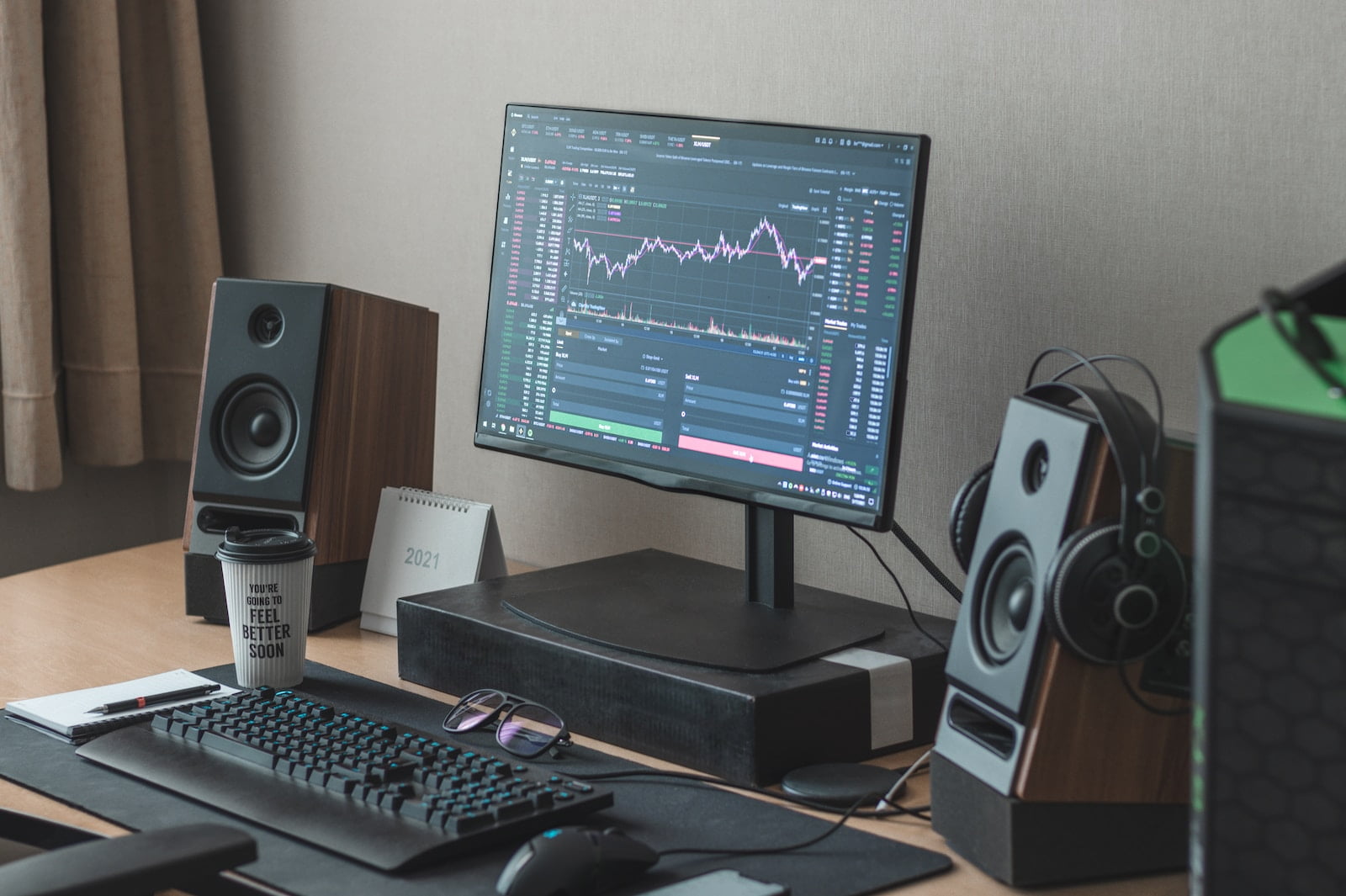Automated trading, also known as algorithmic trading or algo trading, has emerged as a revolutionary force in financial markets. This cutting-edge technology utilizes complex algorithms and computer programs to execute trading orders with speed and precision, transforming the way financial instruments are bought and sold. In this article, we will delve into the world of automated trading, exploring its history, benefits, challenges, and its impact on the financial landscape.
The Evolution of Automated Trading
The roots of automated trading can be traced back to the 1970s when financial institutions began using computer algorithms to execute orders on the stock exchange. Over the decades, advances in computing power and the development of sophisticated algorithms paved the way for more complex and efficient automated trading strategies.
The widespread adoption of electronic trading platforms in the late 1990s further accelerated the growth of automated trading. Today, high-frequency trading (HFT) firms use advanced algorithms to execute thousands of trades per second, leveraging the smallest market inefficiencies for profit.
Benefits of Automated Trading
Speed: One of the most significant advantages of automated trading is its speed. Computers can execute trades in milliseconds, much faster than any human trader. This speed allows traders to take advantage of fleeting market opportunities that may be missed by slower manual traders.
Consistency: Automated trading systems follow predefined rules rigorously. This eliminates the potential for human emotions, such as fear and greed, to interfere with trading decisions. Consequently, trading strategies remain consistent over time.
Diversification: Automated systems can simultaneously trade multiple markets, asset classes, or strategies. This diversification helps spread risk and can improve overall portfolio performance.
Efficiency: Automated trading can monitor and analyze market conditions 24/7, ensuring that opportunities are not missed during off-hours or while the trader is unavailable.
Reduced Costs: Automation reduces the need for human traders, leading to lower labor costs. Additionally, automated trading can minimize the impact of slippage and reduce trading errors.
Challenges and Risks
While automated trading offers numerous benefits, it is not without its challenges and risks:
Technical Failures: Automated systems can experience technical glitches, resulting in unintended trading errors or system crashes.
Over-Optimization: Optimizing trading algorithms for past market conditions can lead to poor performance in the future. Striking the right balance between flexibility and optimization is essential.
Market Risks: Rapid market fluctuations can trigger unexpected trading losses. It’s crucial to have robust risk management protocols in place.
Regulatory Compliance: Automated trading is subject to stringent regulations in many jurisdictions. Traders must ensure that their systems comply with all relevant laws and regulations.
The Impact on Financial Markets
Automated trading has had a profound impact on financial markets:
Increased Liquidity: High-frequency trading has contributed to higher market liquidity by providing continuous buy and sell orders.
Reduced Trading Costs: Competition among automated market makers has led to narrower bid-ask spreads, reducing trading costs for all market participants.
Market Efficiency: Automated trading can quickly incorporate new information into prices, contributing to more efficient markets.
Market Fragmentation: The proliferation of electronic trading venues and high-frequency trading has led to market fragmentation, which can create challenges in market structure and regulation.
In conclusion, automated trading has revolutionized financial markets, offering speed, consistency, and efficiency like never before. While it presents challenges and risks, its impact on market liquidity and efficiency is undeniable. As technology continues to advance, automated trading is likely to play an even more prominent role in the future of finance, reshaping the landscape of trading and investment strategies.

+ There are no comments
Add yours